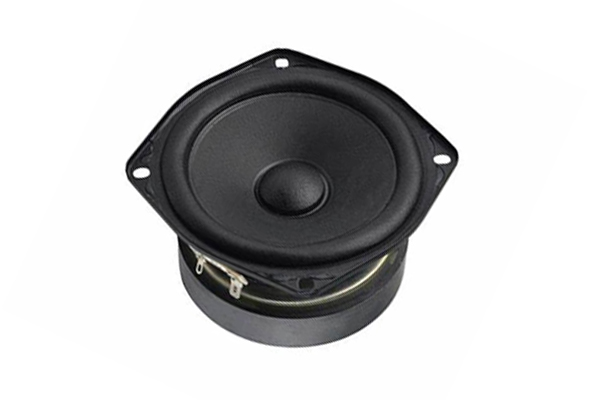How Magnet Performance Affects Speaker Sound Quality?
Time:2025-04-11
Views:46
When it comes to the quality of sound a speaker produces, the performance of its magnet plays a huge role. Even if the magnet’s volume and the voice coil stay the same, the magnet’s performance can have a direct and significant impact on the speaker’s sound. Let’s dig into how this happens.


1. Magnetic Flux Density: The Key to a Stronger Driving Force
Ampere’s force law, expressed as F = BILsinθ, tells us that a stronger magnetic field (B) will increase the force on the voice coil. This boost in force makes the diaphragm more accurate. As a result, the sound reproduction becomes much clearer, with less distortion—especially when the speaker is handling different dynamic ranges. In practical terms, you’ll hear music and other audio with more detail and fewer unwanted sounds.
2. Sensitivity and Power Handling: Getting More Bang for Your Buck
The strength of the magnetic flux density also has a big impact on a speaker’s sensitivity. Sensitivity is measured in dB at 1kHz/1mW. When the magnetic flux density is higher, the speaker becomes more sensitive. This means you can get a louder volume with the same amount of power input. In other words, your speakers will work more efficiently, saving you energy while still delivering a great sound.
3. Transient Response: Keeping Up with the Fast-Paced Audio
In the world of audio, being able to respond quickly to signals is crucial. Stronger magnets enable speakers to have a faster transient response. This is especially important for sharp audio transitions, like the sound of drumbeats or sudden shifts in an orchestral piece. With a better transient response, the sound starts and stops precisely, giving you a more immersive listening experience.
4. Quality Factor: Striking the Right Balance
The magnetic flux also affects the speaker’s quality factor (Q). When the magnetic flux increases, the Q value decreases, which improves damping. This is great because it reduces resonance distortion. However, it’s important to find the right balance. If the damping is too high, the speaker’s response can become sluggish, affecting the overall sound quality.
5. Coercivity: Ensuring Long-Term Performance
Coercivity (Hcj) is a measure of a magnet’s ability to resist demagnetization. Magnets with high coercivity are less likely to be demagnetized by reverse fields or heat. This means they can maintain their performance over a long time. On the other hand, weak magnets can degrade over time, leading to issues like a change in pitch accuracy. For example, a 440Hz tone might shift to 435Hz, which can be quite noticeable to an audiophile.
Conclusion
As we’ve seen, magnet performance is absolutely critical for achieving clear sound, high efficiency, and long - lasting durability in speakers. By optimizing magnetic flux and coercivity, manufacturers can ensure that speakers deliver high - quality audio while maintaining stability. Whether you’re an audio enthusiast or an engineer, understanding these factors can help you make better decisions when it comes to choosing or designing speakers.










